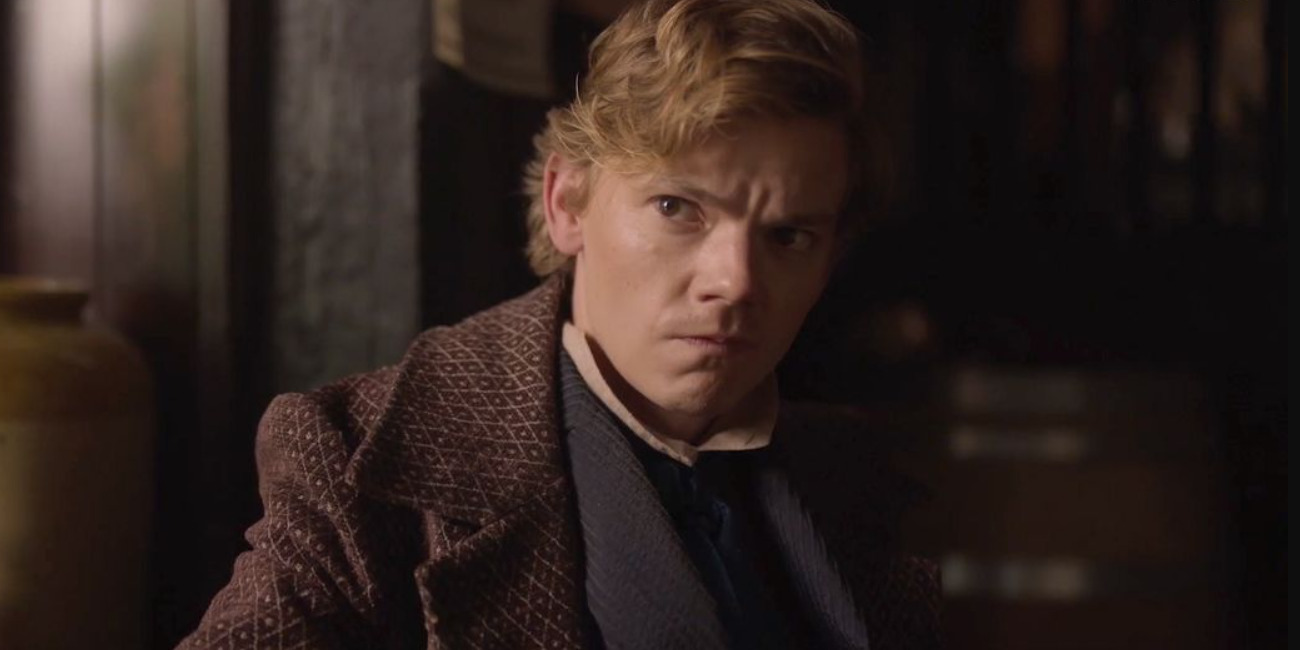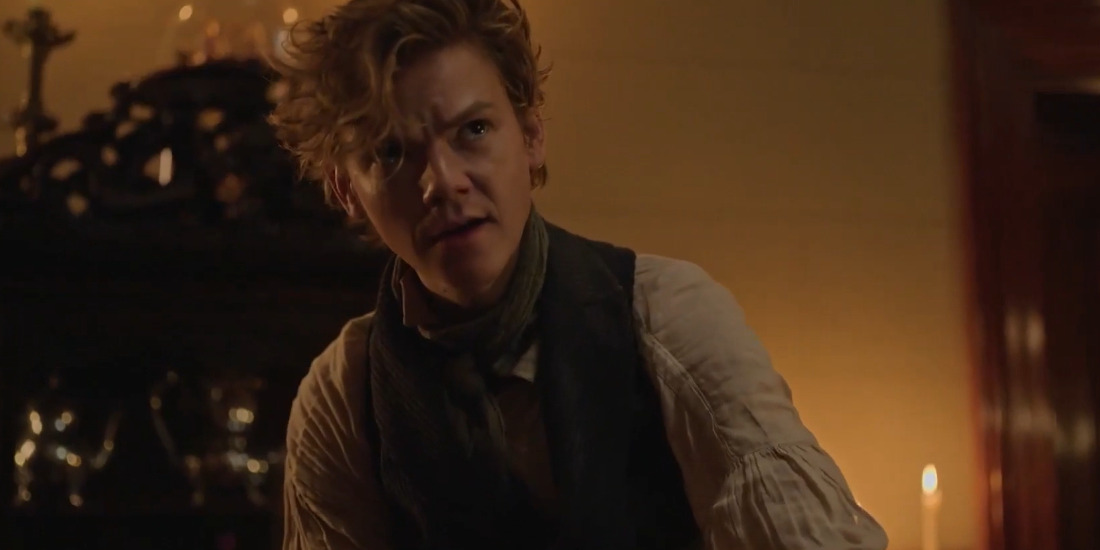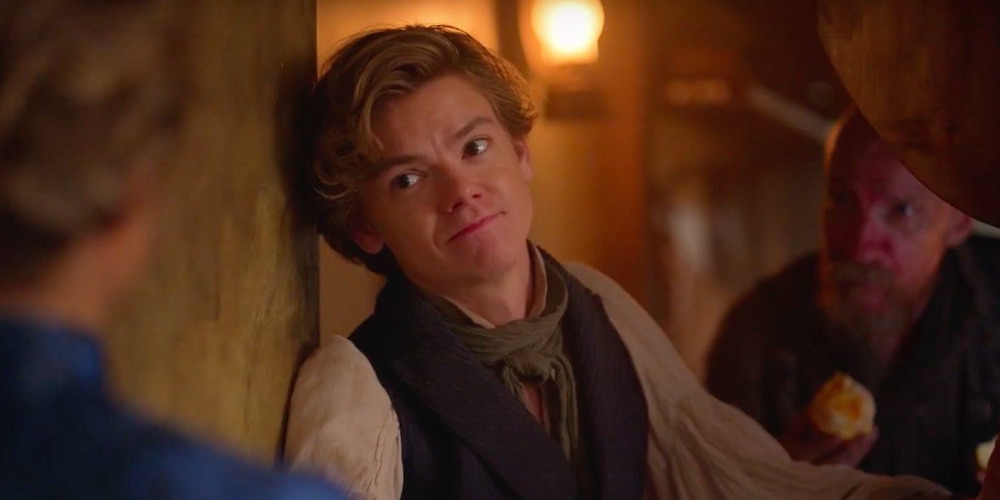Hulu’s comedic period-setting drama show, ‘The Artful Dodger,’ delves into the world of thievery and surgery through its titular character, Jack “The Dodge” Dawkins, a man with a knack for both. After earning relative respectability in society as a veteran and a man of surgical science, Jack has safely escaped from his past and oversees a new, precarious future. However, as life takes a wrong turn for him, his fate somehow worsens by bringing him Fagin, the man who made Jack into the perfect, skilled pickpocket.
With trouble and the devil on his door at once, Jack finds himself reverting to his old ways as his life becomes more and more complicated, helped in no part by the addition of Lady Belle Fox, an ambitious and crafty woman. The fresh-faced, troubled young man presents an intriguing picture with his ties to recognizable names, such as Oliver Twist, and standing as a surgeon in 1850s Australia. Therefore, if the character’s name rings faint bells of recognition, then his story as a revolutionary surgeon is bound to make you wonder: is his character based on a real person?
Charles Dickens’ Jack Dawkins and His Many Iterations
Jack Dawkins from ‘The Artful Dodger’ is not based on a real-life person, surgeon or otherwise. Instead, he is based on the eponymous renowned literary character from Charles Dickens’ 1838 classic novel, ‘Oliver Twist.’ In his book, Dickens writes about Dawkins, better known by his nickname, “Artful Dodger,” as the head of a gang of young criminals running amok in London streets. The kid, described as a “snub-nosed, flat-browed, common-faced boy” with “all the airs and manners of a man,” is a master pickpocket and one of Oliver’s closest friends.

In Dickens’ narrative, Dawkins’ story finds its end after the authorities catch the boy for a silver snuff box, which earns him a swift and grave relocation to an Australian penal colony. The show, it seems, takes some inspiration from this incident, swapping out a shipment to Australia for an intentional move. In ‘The Artful Dodger,’ creators James McNamara, David Maher, and David Taylor imagine an extended life for the character wherein Jack Dawkins escapes from a London prison and starts a new life for himself.
Since the storyline is entirely a product of the show creators’ imagination rather than a recreation of Dickens’ work, the show crafts a new world for the viewers to dive into. Yet, it retains many of the themes Dickens explores in his work, namely the focus on the inescapable nature of class disparity. As such, while this adaptation of the character loses some recognizable traits of the beloved character, such as Dawkins’ speech impediment, it still holds on to the character’s core.
Over the years, Jack Dawkins’ character has seen many adaptations from the more eclectic 2014 novel, ‘Artful,’ which includes a post-Oliver Dawkins and vampires to Rita Ora’s gender-bent Dodge in the 2021 film ‘Twist.’ Still, the stage musical ‘Oliver!’ and the following film adaptation that won Jack Wild an Academy Award nomination for his role as Dawkins remain the most memorable of the bunch.
While Thomas Brodie-Sangster, who embodies Jack in ‘The Artful Dodger.’ is a fan of the film, he found his inspiration solely in the show’s script. “It’s [‘The Artful Dodger’] a very, very different world to that [‘Oliver!’] world, so I didn’t really find it all that useful,” said Brodie-Sangster. Instead, the actor worked off the script, which required him to turn his attention to the history of surgeons.
Jack Dawkins Reimagined as a Surgeon
The defining feature of the Brodie-Sangster’s Jack Dawkins in ‘The Artful Dodger’ remains his identity as a surgeon. The shift from a pickpocket, trained in the sleight of hand, to a medical professional trusted with people’s lives may seem like an odd transition to many people. However, its historical context helps put things into perspective.

While Jack Dawkins remains a fictional character with no roots to a real-life surgeon, the depiction of his profession as one remains rooted in history. According to medical historian Lindsey Fitzharris, surgery was not as proper of a career in the 19th century as it is today. Since surgery was still an ordeal experienced in full consciousness at the time, the surgeons swapped speed for skill. As such, many who practiced this branch of medicine never even went through medical school. In fact, literacy wasn’t even a job requirement.
Furthermore, the people often even viewed the practice as a spectacle to be witnessed as entertainment. The Washinton Post article by William Wan, where he interviewed Fitzharris, compares the affair to things like bear-baiting, where an audience gathers to witness the struggle between life and death. As such, the professional aspect of Jack’s career as a surgeon doesn’t stray far from reality.
Nonetheless, some crucial divergences still remain, such as Jack’s spontaneous involvement in the first surgery conducted under ether and its pain-forgiving properties. In reality, William T.G. Morton, a dentist, is recognized as the first person to operate on a patient under Ether on October 16, 1846. Likewise, Russ Pugh, a doctor from Launceston, was the first to perform an operation using Ether in Australia on June 7, 1847. Such distinctions further cement Jack’s character in his fictionality.
Read More: Best Book-to-Movie Adaptations on Netflix Right Now


You must be logged in to post a comment.